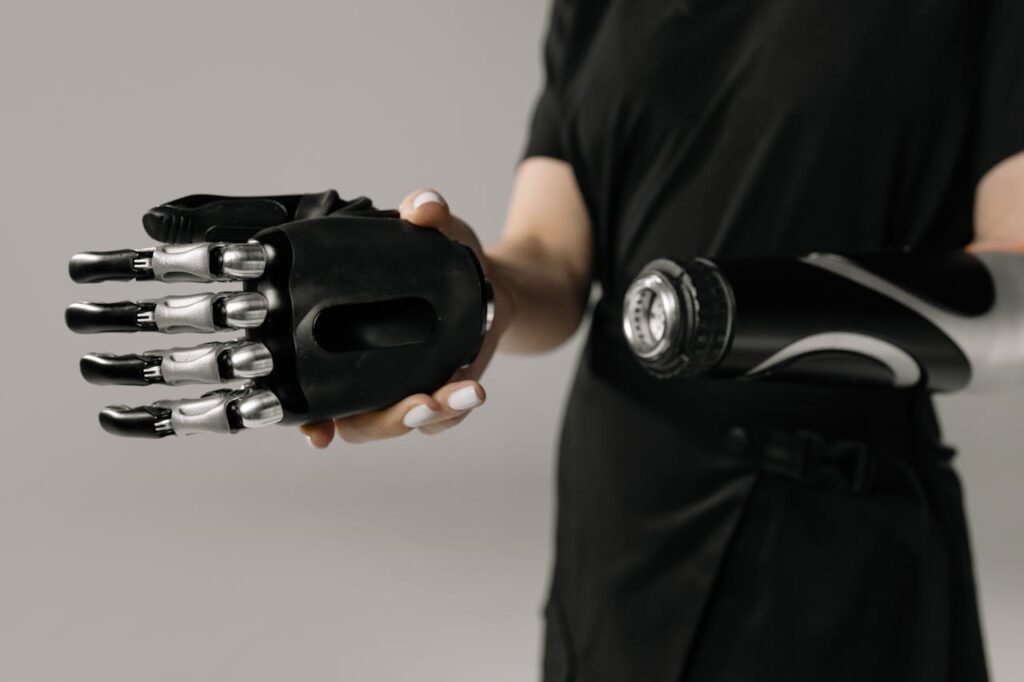Clothing is more than just fabric—it’s an expression of identity, a source of comfort, and an essential tool for navigating daily life. For individuals with disabilities, traditional clothing often presents challenges, from buttons that are hard to manage to designs that don’t accommodate mobility aids or medical devices. Adaptive clothing, however, is revolutionizing the way we think about fashion and functionality, offering solutions that prioritize ease, comfort, and dignity.
This article explores how adaptive clothing transforms lives, bridging the gap between style and accessibility. Whether you’re someone seeking to enhance your wardrobe or a business looking to make an impact in the adaptive fashion industry, this deep dive will provide valuable insights.
Understanding Adaptive Clothing
Adaptive clothing is designed to meet the unique needs of individuals with disabilities, limited mobility, or specific medical conditions. It integrates thoughtful modifications, such as magnetic closures, elastic waistbands, or strategically placed openings, to make dressing and undressing more manageable. But adaptive clothing isn’t just about functionality—it’s about empowering individuals to feel confident and comfortable in their skin.
A Focus on Accessibility
Traditional clothing often fails to accommodate the needs of individuals with disabilities. For someone with limited hand dexterity, fastening buttons or zippers can be a frustrating experience. Similarly, wheelchair users may struggle with garments that bunch up or restrict movement. Adaptive clothing addresses these pain points with accessible designs tailored to specific challenges.
For example, garments with magnetic or Velcro closures eliminate the need for fine motor skills, while seated-friendly pants provide extra comfort for wheelchair users. These thoughtful features allow individuals to dress independently or with minimal assistance, promoting autonomy and reducing daily stress.
Businesses entering the adaptive clothing market can leverage this demand by focusing on inclusivity in their designs. Partnering with individuals with disabilities during the design process ensures that products align with real-life needs and preferences.
The Emotional Impact of Adaptive Clothing
Adaptive clothing does more than solve practical challenges—it restores dignity, confidence, and a sense of normalcy. Clothing that feels good and looks great can transform how individuals perceive themselves and interact with the world.
Boosting Self-Esteem
Wearing clothes that fit well and accommodate one’s needs fosters self-esteem. For many individuals with disabilities, traditional clothing may feel restrictive or highlight their challenges, creating a sense of otherness. Adaptive clothing eliminates these barriers, offering fashionable options that allow users to express their personality and feel included.
For example, a stylish adaptive jacket designed with easy-to-use fastenings can give someone the confidence to attend social events without worrying about wardrobe malfunctions.
Businesses can amplify this impact by collaborating with fashion designers to create collections that combine functionality with aesthetic appeal, showcasing that adaptive clothing can be both practical and trendy.
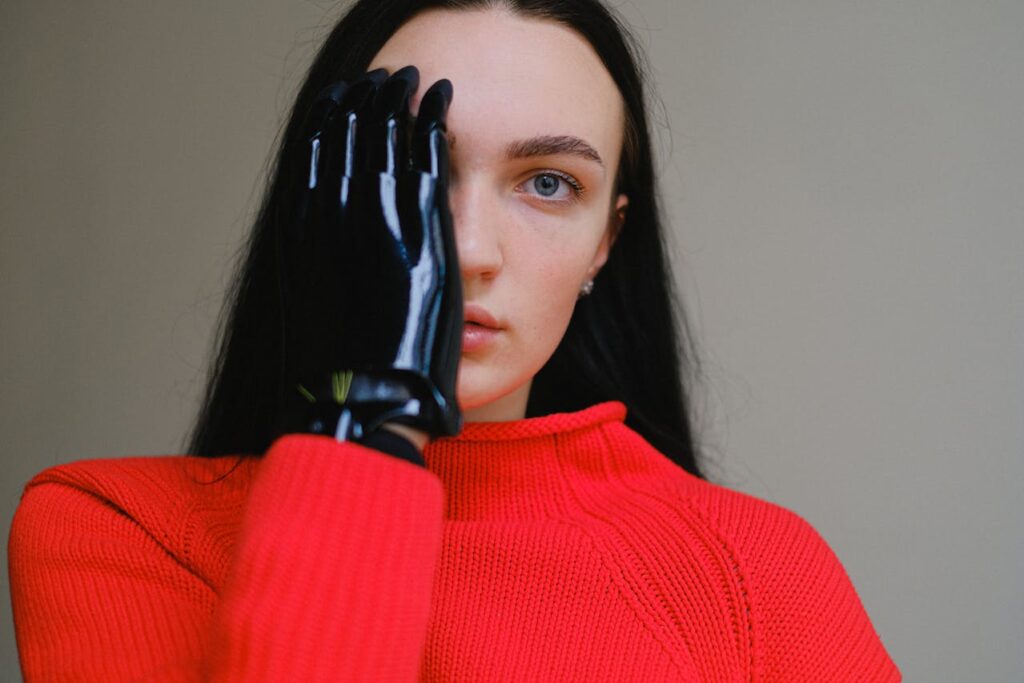
Fostering Independence
Independence is a cornerstone of confidence, and adaptive clothing plays a significant role in enabling it. Simple modifications, such as pull-on tops or pants with side openings, allow individuals to dress and undress without assistance, fostering a sense of control over their lives.
Retailers can highlight this benefit in their marketing campaigns, emphasizing the empowerment that comes with self-sufficiency. Including testimonials from real users who have experienced newfound independence through adaptive clothing strengthens the message and builds trust with potential customers.
Enhancing Daily Comfort with Adaptive Clothing
Comfort is an essential aspect of any clothing, but it takes on even greater significance for individuals with disabilities. Adaptive clothing prioritizes comfort through thoughtful design, accommodating a wide range of needs without compromising on style or quality.
Addressing Mobility Challenges
For individuals with limited mobility, adaptive clothing minimizes strain and discomfort. Traditional garments often require complex movements to put on or take off, which can be painful or impossible for some. Adaptive clothing, on the other hand, includes features like stretchable fabrics, hidden zippers, and wrap-around designs that simplify dressing.
For example, a dress with magnetic closures down the back allows someone with limited arm mobility to wear it easily without assistance. Businesses entering the adaptive clothing market should invest in research to identify mobility-related pain points and tailor their designs accordingly.
Collaborating with occupational therapists can provide valuable insights to ensure the products meet real-world needs.
Reducing Skin Irritation
Some disabilities or medical conditions make individuals more prone to skin sensitivity or irritation. Traditional clothing seams, rough fabrics, or tight elastics can exacerbate these issues. Adaptive clothing addresses these concerns by using soft, hypoallergenic materials and eliminating pressure points with flat seams or seamless construction.
A prosthetics manufacturer, for instance, might partner with adaptive clothing brands to create garments designed specifically for prosthetic wearers.
These collaborations could lead to innovative solutions, such as shirts with reinforced areas to prevent wear and tear caused by prosthetic devices, enhancing both durability and comfort.
Accommodating Medical Devices
Individuals who rely on medical devices, such as catheters, feeding tubes, or insulin pumps, often struggle to find clothing that accommodates these needs discreetly. Adaptive clothing integrates features like hidden openings, pockets, or adjustable panels to make medical device access effortless.
For example, an adaptive hoodie with interior pockets for insulin pumps allows users to carry their devices securely while maintaining a stylish appearance.
Companies can stand out by incorporating these thoughtful features into their designs, ensuring that customers feel supported without sacrificing their personal style.
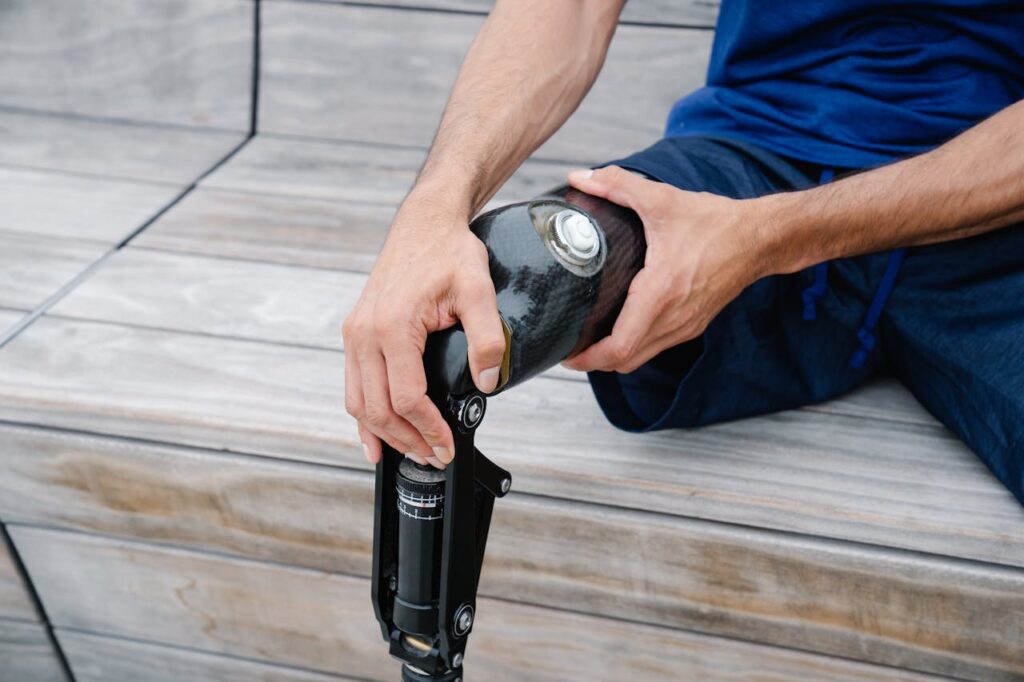
Adaptive Clothing for Specific Life Stages
Adaptive clothing isn’t one-size-fits-all; it caters to diverse needs across different life stages. Whether for children, working adults, or seniors, adaptive clothing offers targeted solutions that make life easier and more fulfilling.
Adaptive Clothing for Children
Children with disabilities often face unique challenges in finding clothing that fits well and supports their active lifestyles. Adaptive clothing for kids prioritizes easy dressing features, such as magnetic fasteners or expandable waistbands, that allow them to dress independently or with minimal parental assistance.
For instance, a child with cerebral palsy might benefit from pants with side openings that make dressing while seated more manageable. Retailers can tap into this market by offering vibrant, playful designs that appeal to both children and parents, blending functionality with fun.
Empowering Adults Through Fashion
For working professionals or socially active adults, adaptive clothing serves as a bridge between comfort and sophistication. Office-friendly adaptive wear, such as blazers with Velcro closures or trousers designed for seated comfort, ensures that individuals feel confident in professional settings.
Businesses targeting this demographic should focus on versatility and modern aesthetics, emphasizing how adaptive clothing seamlessly transitions from work to social gatherings.
Highlighting stories of professionals who thrive in adaptive wear can resonate deeply with potential customers, showcasing the transformative power of inclusive fashion.
Comfort and Dignity for Seniors
As mobility and dexterity decline with age, seniors often struggle with traditional clothing. Adaptive clothing for older adults prioritizes simplicity and comfort, with features like wide necklines, elastic fabrics, and easy-to-use closures. These designs enable seniors to maintain their independence and dignity, even when facing physical limitations.
Organizations catering to senior markets can expand their offerings by incorporating adaptive clothing into their product lines. Partnering with caregivers and healthcare providers to understand specific challenges ensures that these products address practical needs effectively.
The Growing Role of Technology in Adaptive Clothing
Technology is playing an increasingly vital role in revolutionizing adaptive clothing. From innovative fabrics to customizable designs, advancements in technology are making clothing more functional, inclusive, and personalized for individuals with disabilities.
Smart Fabrics for Enhanced Functionality
Smart fabrics have emerged as a game-changer in the adaptive clothing industry. These fabrics are engineered to respond to specific needs, such as temperature regulation, moisture wicking, or even providing sensory feedback.
For individuals with conditions like spinal cord injuries or multiple sclerosis, temperature-sensitive clothing can prevent discomfort caused by overheating or cold sensitivity.
Businesses can capitalize on this trend by integrating smart fabrics into their adaptive clothing lines. Collaborating with textile engineers to create garments that adapt to environmental conditions not only enhances comfort but also positions the brand as an innovator in inclusive fashion.
Wearable Technology Integration
Wearable technology is another avenue for enhancing the functionality of adaptive clothing. For instance, garments embedded with sensors can monitor vital signs, alert caregivers to health issues, or provide biofeedback to the wearer.
This is particularly beneficial for individuals managing chronic conditions, as it combines the practicality of adaptive clothing with the power of health monitoring tools.
Companies that specialize in wearable technology can partner with adaptive clothing brands to create hybrid solutions that address multiple needs. Marketing these innovations as life-enhancing tools ensures that they resonate with both users and caregivers, creating a broader impact.
Customization Through 3D Printing
3D printing has opened the door to highly personalized adaptive clothing. With 3D printing, garments can be tailored to fit an individual’s unique measurements, ensuring comfort and functionality.
For example, a wheelchair user could benefit from pants designed specifically to fit while seated, with fabric adjustments made possible by 3D-printed prototypes.
Businesses looking to incorporate customization into their adaptive clothing offerings should invest in technologies that facilitate precise and efficient tailoring. Offering online platforms where customers can input their measurements or design preferences creates an interactive and engaging shopping experience.
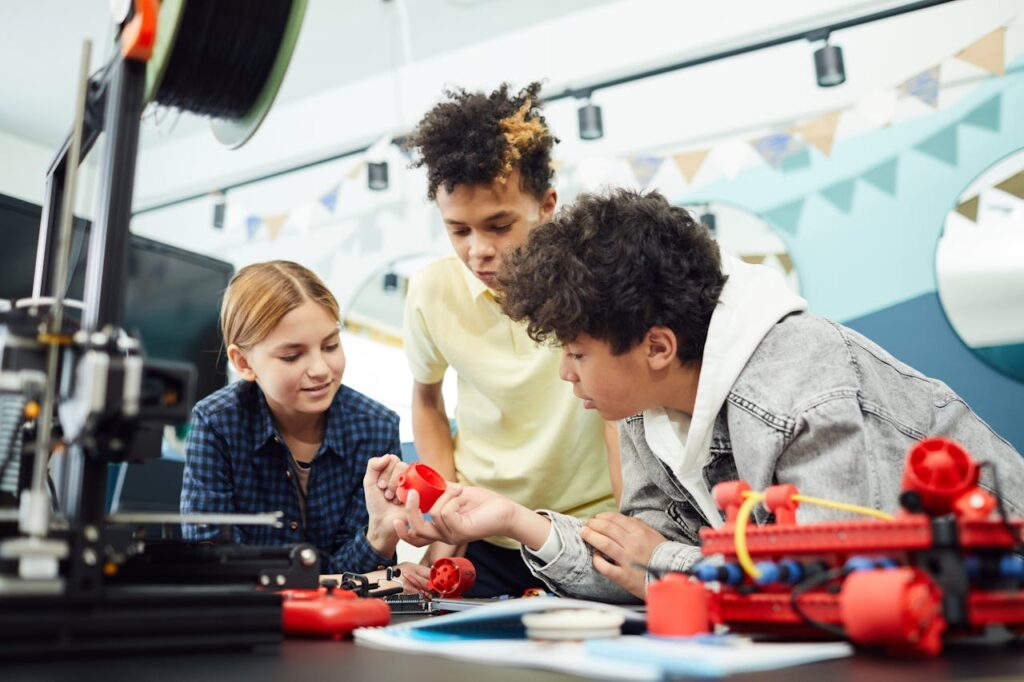
Breaking Stereotypes Through Adaptive Fashion
Adaptive clothing is not just about meeting practical needs—it’s about changing the narrative around disability and fashion. For too long, the fashion industry has overlooked individuals with disabilities, reinforcing stereotypes and limiting options. Adaptive clothing is challenging these norms by proving that inclusivity and style can go hand in hand.
Redefining Style and Accessibility
Fashion often sets the tone for societal perceptions, and adaptive clothing has the power to redefine what inclusion looks like. Designers who embrace adaptive fashion are demonstrating that clothing for individuals with disabilities can be just as trendy, sophisticated, and diverse as mainstream options.
Businesses entering this space should prioritize aesthetics as much as functionality. Creating adaptive clothing collections that feature bold colors, modern silhouettes, and fashionable patterns ensures that customers feel celebrated rather than sidelined. Highlighting these collections through inclusive marketing campaigns amplifies their reach and impact.
Celebrating Diversity Through Representation
Representation matters, especially in fashion. Featuring models with disabilities in adaptive clothing campaigns normalizes inclusivity and inspires confidence in consumers. When individuals see themselves reflected in advertisements, it fosters a sense of belonging and validates their identity.
Companies can make a significant impact by collaborating with influencers or ambassadors who advocate for disability inclusion. Hosting events or runway shows that spotlight adaptive fashion further demonstrates a commitment to celebrating diversity and breaking barriers in the industry.
The Future of Adaptive Clothing
As the demand for adaptive clothing grows, so does the potential for innovation and impact. The future of adaptive clothing lies in combining advanced technologies, thoughtful design, and inclusive practices to create garments that truly empower individuals with disabilities.
Expanding Accessibility
To ensure that adaptive clothing reaches as many individuals as possible, businesses must focus on affordability and availability. High-quality adaptive clothing should not be a luxury but a standard.
Offering competitive pricing, expanding distribution channels, and creating online stores with user-friendly interfaces are key steps toward accessibility.
Government and nonprofit partnerships can further enhance reach, providing subsidies or grants that make adaptive clothing more affordable for low-income individuals. Businesses that invest in these initiatives demonstrate a commitment to social responsibility, fostering trust and loyalty among their customer base.
Continuing the Conversation
Adaptive clothing is not just a product—it’s a movement. By engaging in conversations about disability, inclusion, and fashion, businesses can drive awareness and encourage societal change. Hosting forums, supporting advocacy groups, or collaborating with educational institutions are ways to keep the dialogue alive and impactful.
Collaborating with Stakeholders to Advance Adaptive Clothing
The success and growth of adaptive clothing depend on collaboration among various stakeholders, including individuals with disabilities, healthcare professionals, designers, and businesses. These partnerships not only ensure that products meet real-world needs but also foster innovation and inclusivity across industries.
Listening to the Community
The most effective adaptive clothing designs stem from understanding the lived experiences of individuals with disabilities. By actively engaging with this community, businesses can identify unmet needs, refine their designs, and create products that genuinely improve daily life.
For instance, conducting focus groups or one-on-one interviews with potential users provides invaluable insights into challenges they face with traditional clothing. A company specializing in adaptive wear might discover the need for pants that accommodate leg braces without compromising on style, prompting them to develop solutions that fill this gap.
To make this process actionable, businesses can form advisory boards comprising individuals with disabilities, occupational therapists, and caregivers. These boards can guide product development and ensure designs remain practical, stylish, and inclusive.
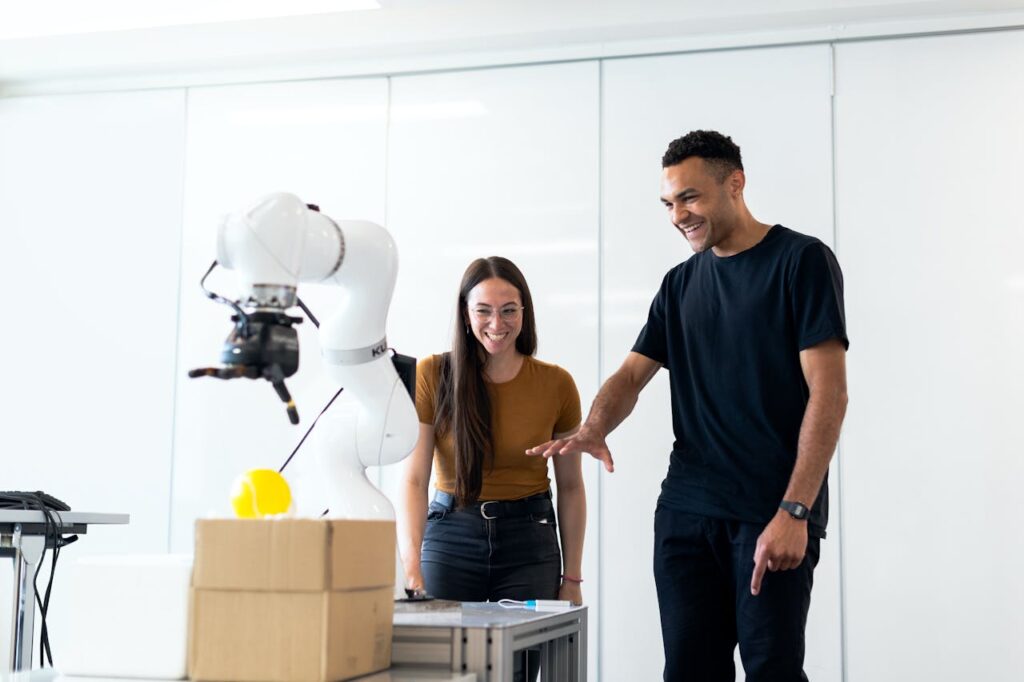
Partnering with Healthcare Providers
Healthcare professionals, such as physical therapists, occupational therapists, and rehabilitation specialists, are key allies in promoting adaptive clothing. They understand the functional requirements of individuals with specific disabilities and can recommend products that enhance their patients’ quality of life.
Businesses can collaborate with healthcare providers by offering training sessions on the benefits and features of adaptive clothing. For example, a manufacturer of adaptive shirts with magnetic closures could host workshops for therapists, showing how their products can aid patients with limited dexterity.
These partnerships also create opportunities to distribute clothing through clinics, rehabilitation centers, or online health platforms.
Engaging the Fashion Industry
Collaboration with mainstream fashion brands and designers can elevate adaptive clothing from niche to mainstream. When established brands embrace adaptive fashion, it signals a broader cultural shift toward inclusivity and diversity in the industry.
Businesses specializing in adaptive clothing can approach partnerships with high-profile designers to create limited-edition collections or feature adaptive garments in fashion shows.
These collaborations not only raise awareness but also break stereotypes by showing that adaptive clothing can be both functional and fashionable.
Educating the Market About Adaptive Clothing
Despite its growing popularity, adaptive clothing is still a relatively new concept for many consumers. Raising awareness about its benefits and availability is essential for both individuals who need it and businesses looking to tap into this market.
Empowering Consumers with Knowledge
For many individuals with disabilities and their families, finding adaptive clothing that meets their needs can feel overwhelming. Providing clear, accessible information about product features, use cases, and care instructions empowers consumers to make informed decisions.
Businesses can create educational resources, such as videos, blogs, or social media content, that explain how adaptive clothing works and its benefits. For instance, a series of short tutorials demonstrating how to use magnetic closures or adjustable garments can highlight the ease and convenience of these products.
Collaborating with Retailers
Retailers play a crucial role in bringing adaptive clothing to a broader audience. By integrating adaptive lines into their inventory, both online and in-store, retailers make these products more visible and accessible.
Businesses can collaborate with major retailers to create dedicated adaptive clothing sections, complete with signage and promotional materials that educate shoppers. Offering training sessions for retail staff ensures they can confidently assist customers and answer questions about adaptive garments.
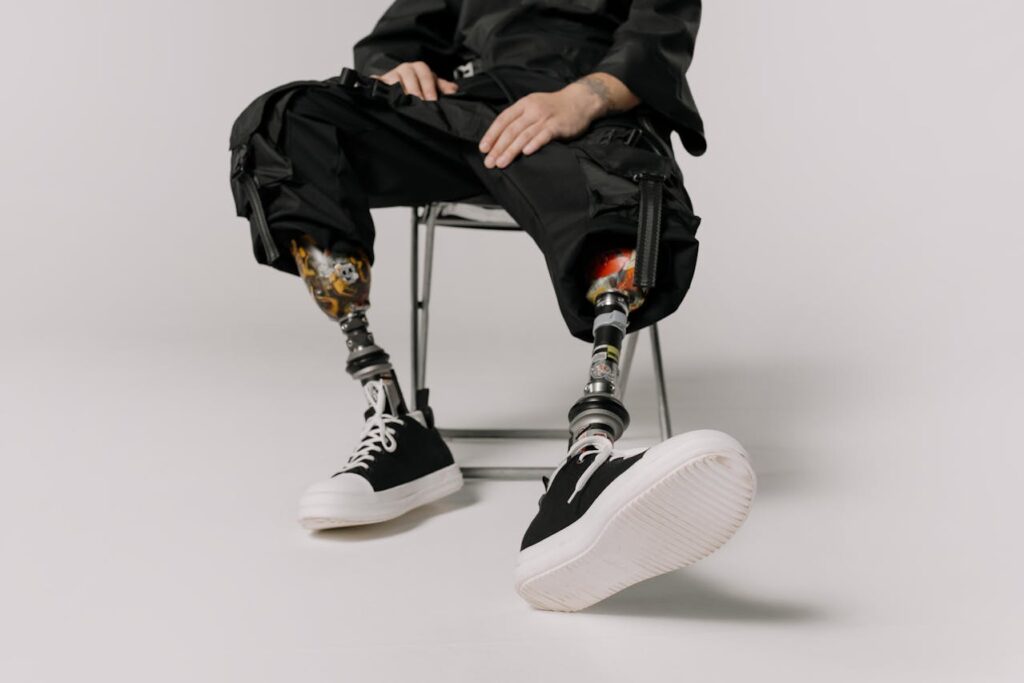
Creating a Sustainable Future for Adaptive Clothing
Sustainability is becoming a top priority for consumers across industries, and adaptive clothing is no exception. Integrating sustainable practices into adaptive fashion not only addresses environmental concerns but also aligns with the values of many individuals who rely on these products.
Designing for Longevity
For individuals with disabilities, clothing durability is often as important as functionality. Adaptive garments that withstand frequent use and washing provide better value and reduce waste. Using high-quality materials, reinforced seams, and timeless designs ensures that products remain effective and appealing over time.
Businesses can emphasize sustainability by adopting circular fashion principles, such as offering repair services or recycling programs for adaptive clothing. For example, a brand could allow customers to trade in worn-out garments for discounts on new purchases, promoting both environmental and customer loyalty.
Ethical Manufacturing
Inclusive fashion must also consider ethical manufacturing practices. Ensuring fair wages, safe working conditions, and environmentally friendly production processes demonstrates a company’s commitment to social responsibility. Highlighting these efforts in marketing materials reassures consumers that their purchases align with their values.
Companies can partner with nonprofit organizations to support initiatives that combine adaptive fashion with sustainable development, such as providing affordable clothing to underserved communities or sourcing materials from ethical suppliers.
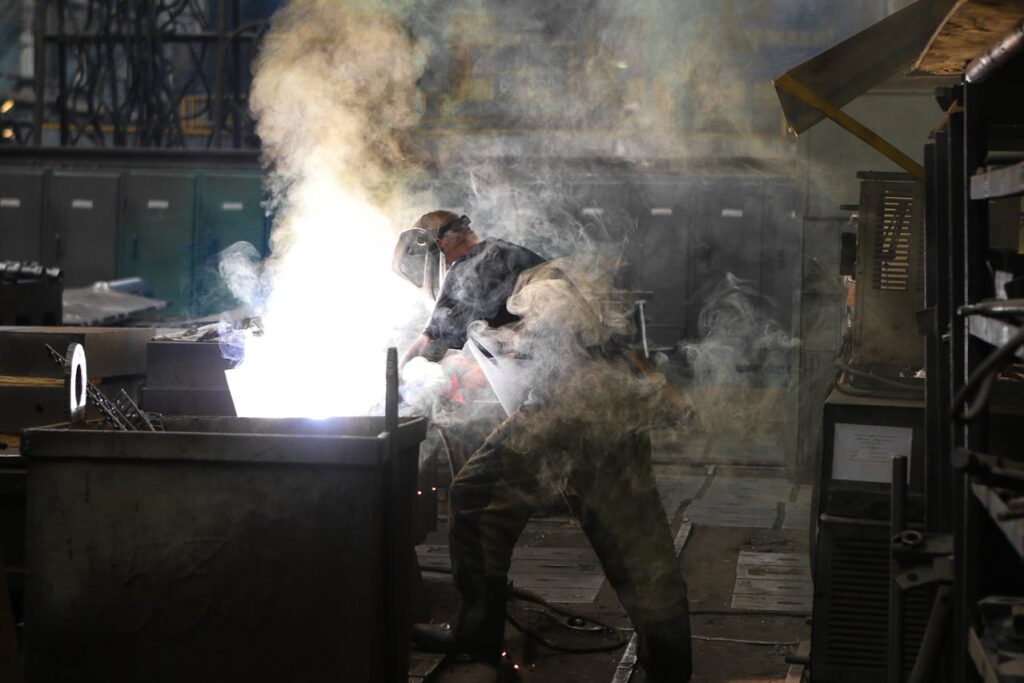
Conclusion
Adaptive clothing is more than a product category—it’s a movement that challenges societal norms, empowers individuals, and fosters inclusivity in fashion. By prioritizing functionality, comfort, and style, adaptive clothing meets the diverse needs of individuals with disabilities while celebrating their individuality.
For businesses, entering the adaptive clothing market offers a unique opportunity to make a meaningful impact. Whether by investing in innovative designs, collaborating with stakeholders, or promoting sustainability, companies can play a pivotal role in shaping the future of inclusive fashion.
As the demand for adaptive clothing grows, so does its potential to transform lives. By embracing this evolution, businesses not only create better products but also contribute to a world where everyone has access to clothing that reflects their dignity, confidence, and value. Together, we can build a future where adaptive clothing is not an exception but the standard, ensuring that fashion truly belongs to everyone.



